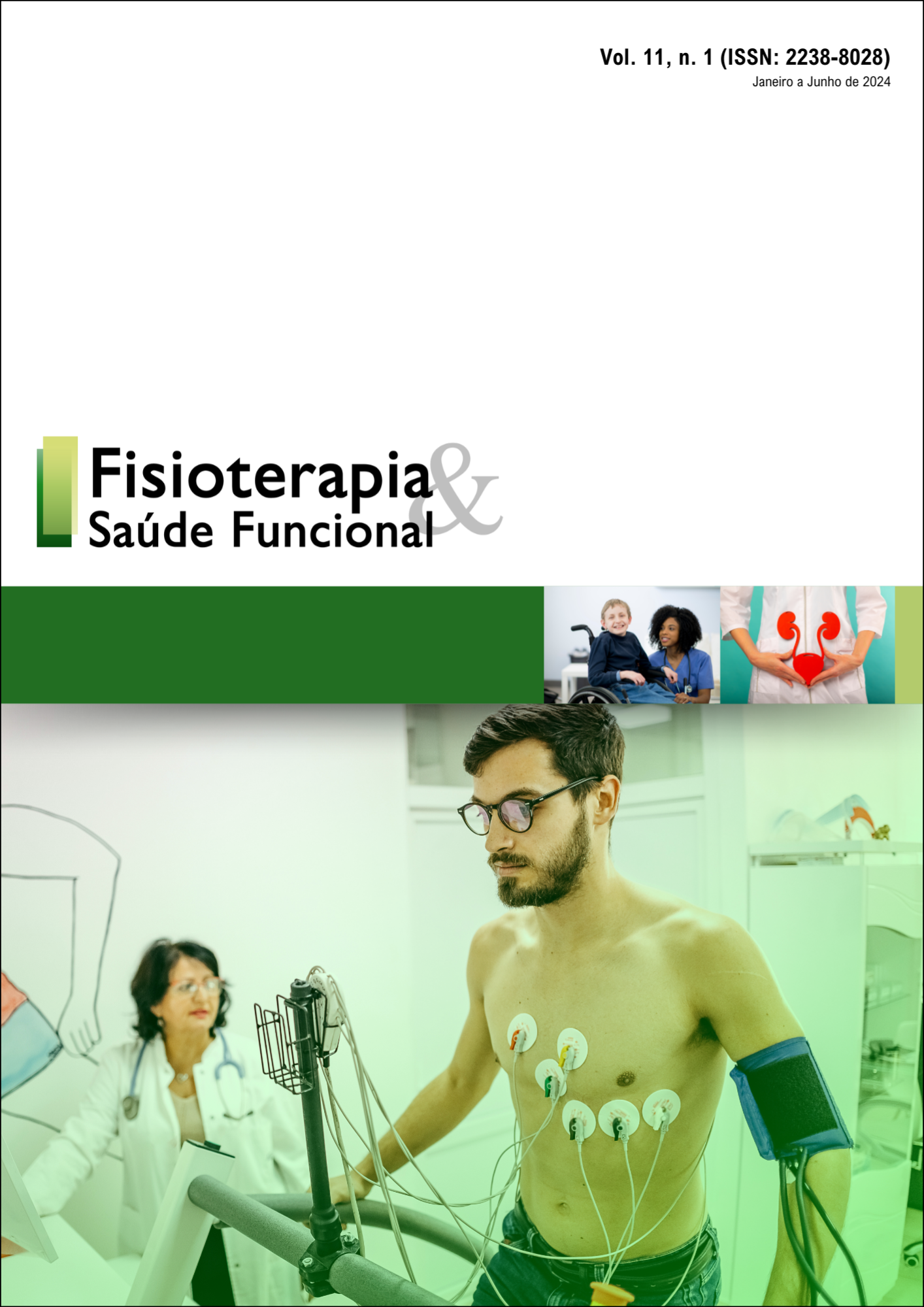Prevalence of musculoskeletal disorders and its relationship with ergonomic and psychosocial factors among office workers
Resumen
BACKGROUND: Musculoskeletal disorders are associated with multiple factors relative to physical and psychosocial work environments, which contribute to the ergonomic risks that workers may be exposed to in their labour routine.
OBJECTIVE: To verify the prevalence of musculoskeletal disorders (MSD) among office workers and its association with ergonomic risk, quality of life, work satisfaction and stress.
METHODS: Cross-sectional, comparative study including office workers with and without symptoms of MSD. Ergonomic risk was measured using the Rapid Upper Limb Assessment (RULA) and the Job Factors Questionnaire (JFQ), quality of life was analysed by WHOQOL-bref, work satisfaction by questionnaire Job Satisfaction Survey and occupational stress by Job Stress Scale.
RESULTS: 131 workers (66 males, mean age of 32.3±7.71 years) reported higher prevalence of MSD in the neck (47.5%) and lumbar (43.7%) regions. MSD was associated with physical, psychosocial and organizational work factors.
CONCLUSION: Workplace psychosocial factors are related to MSD, so that they may interact with ergonomic and organizational aspects, causing impact on physical health and quality of life of office workers.



